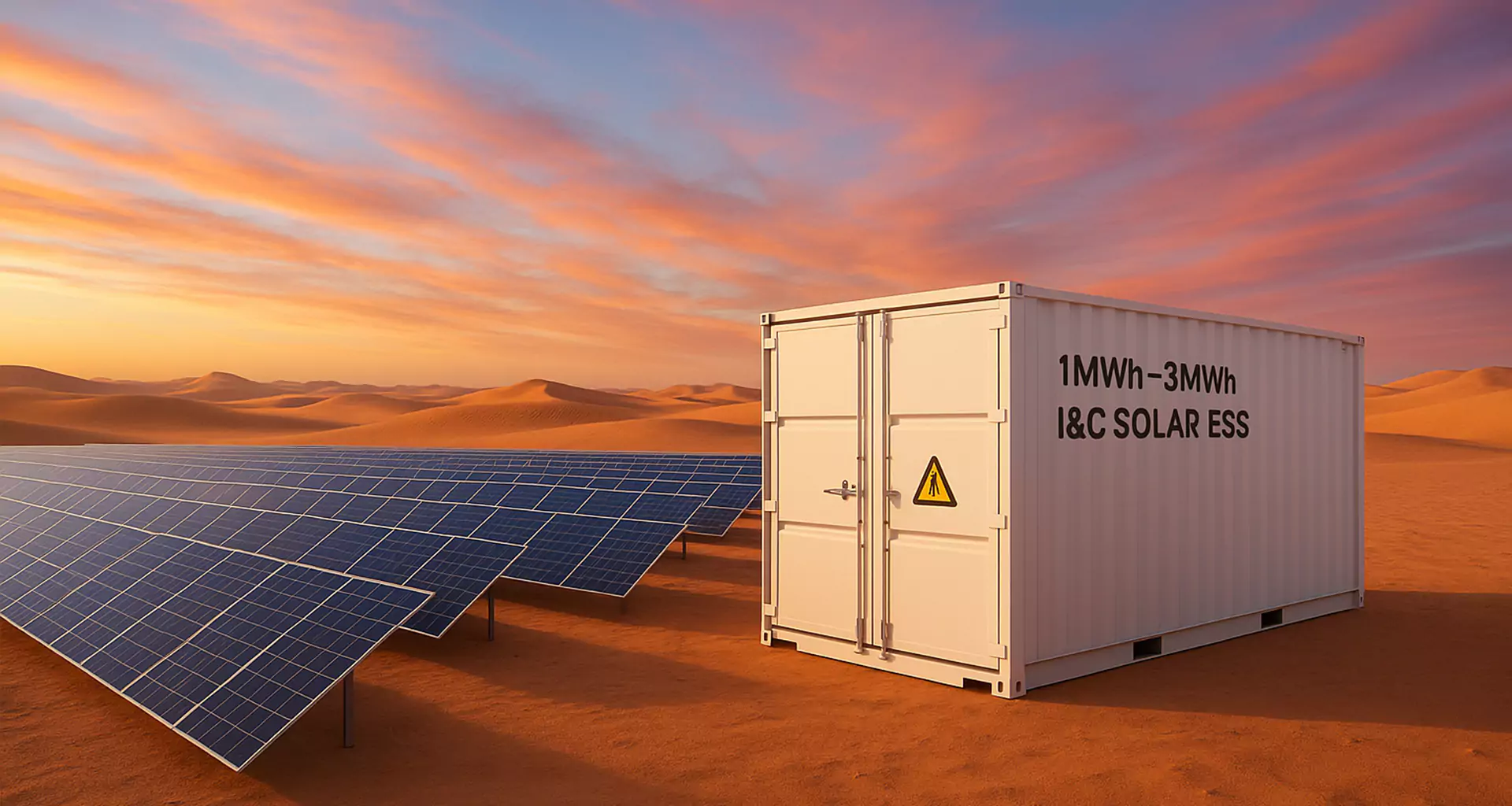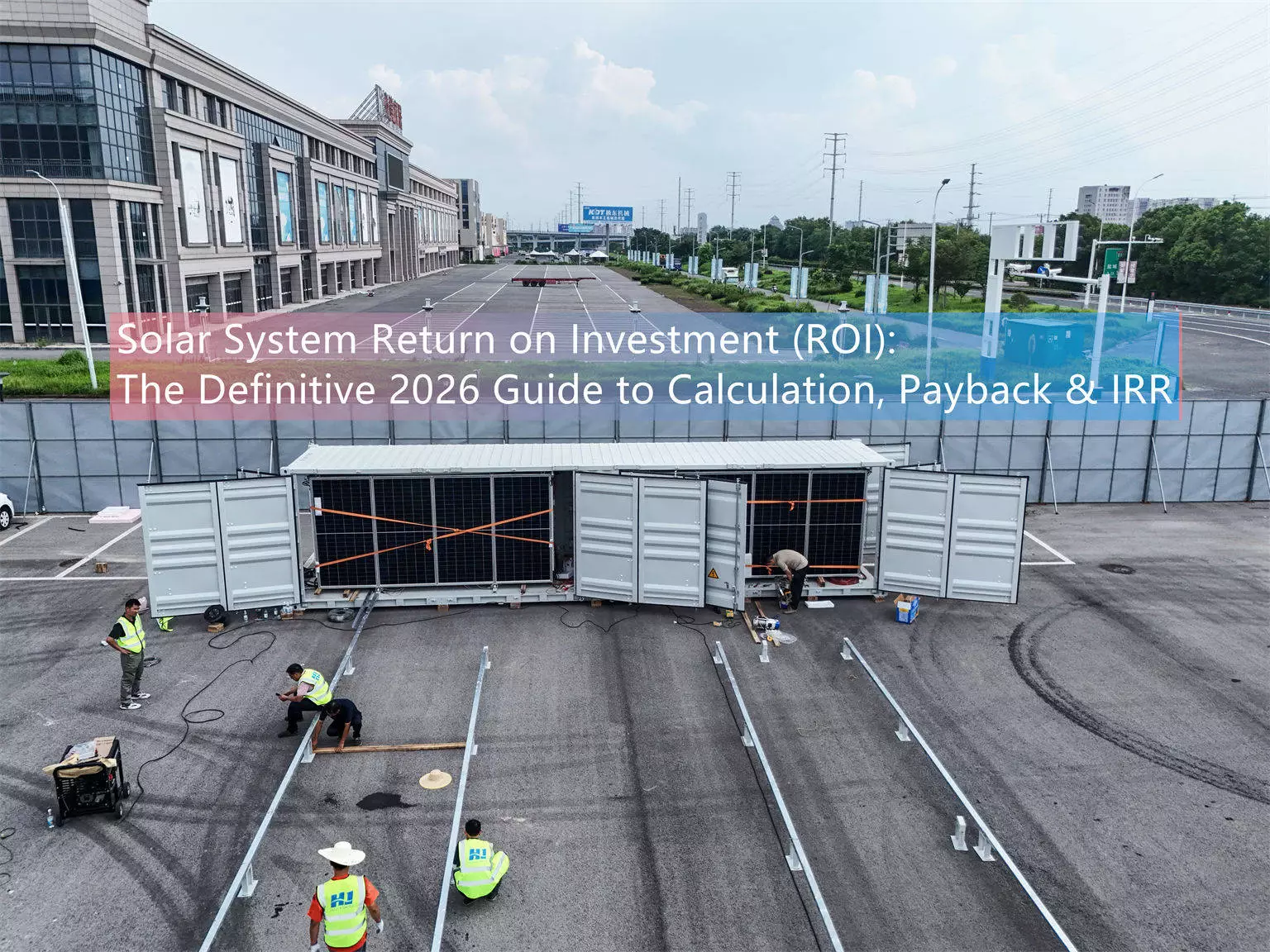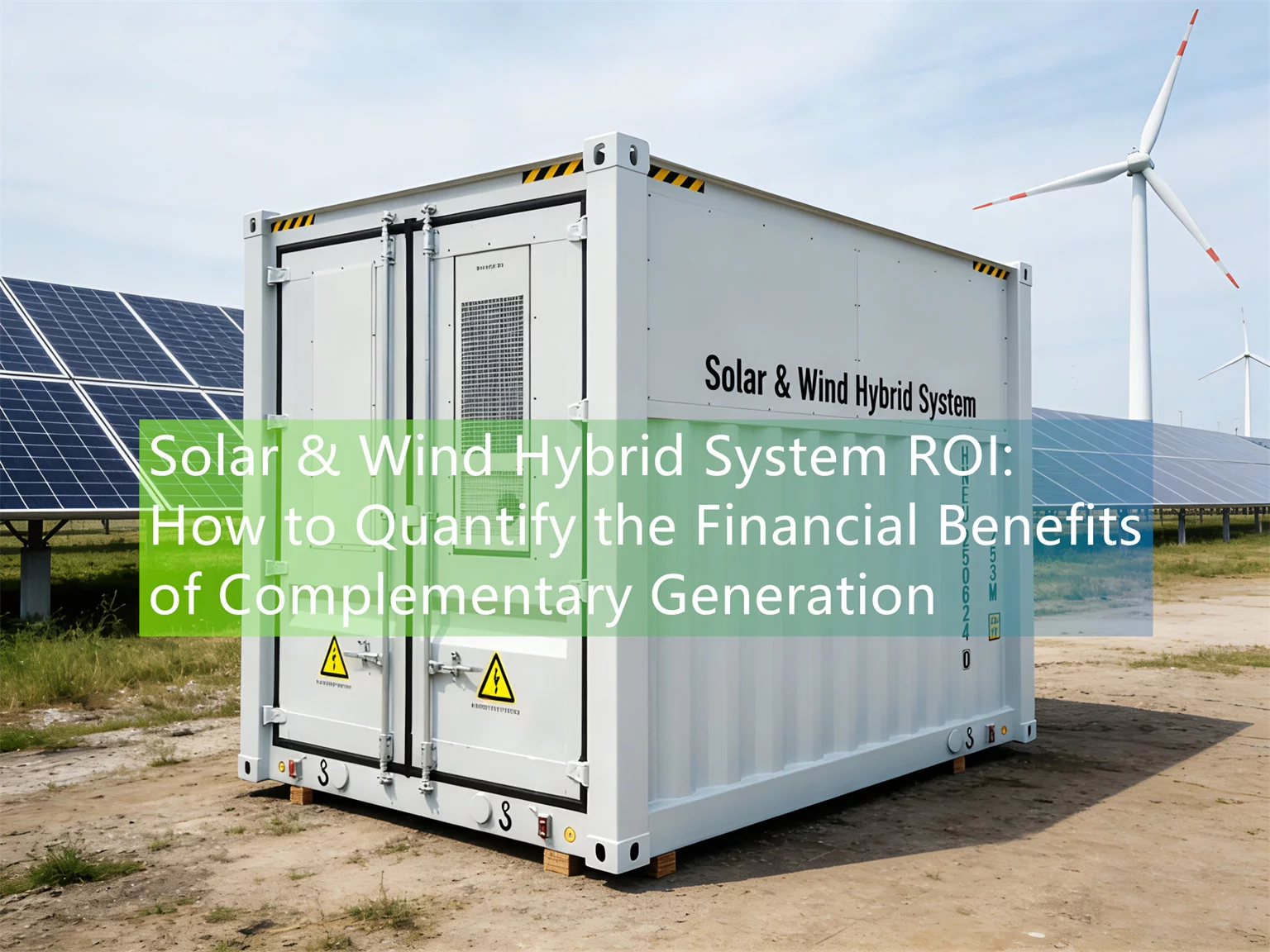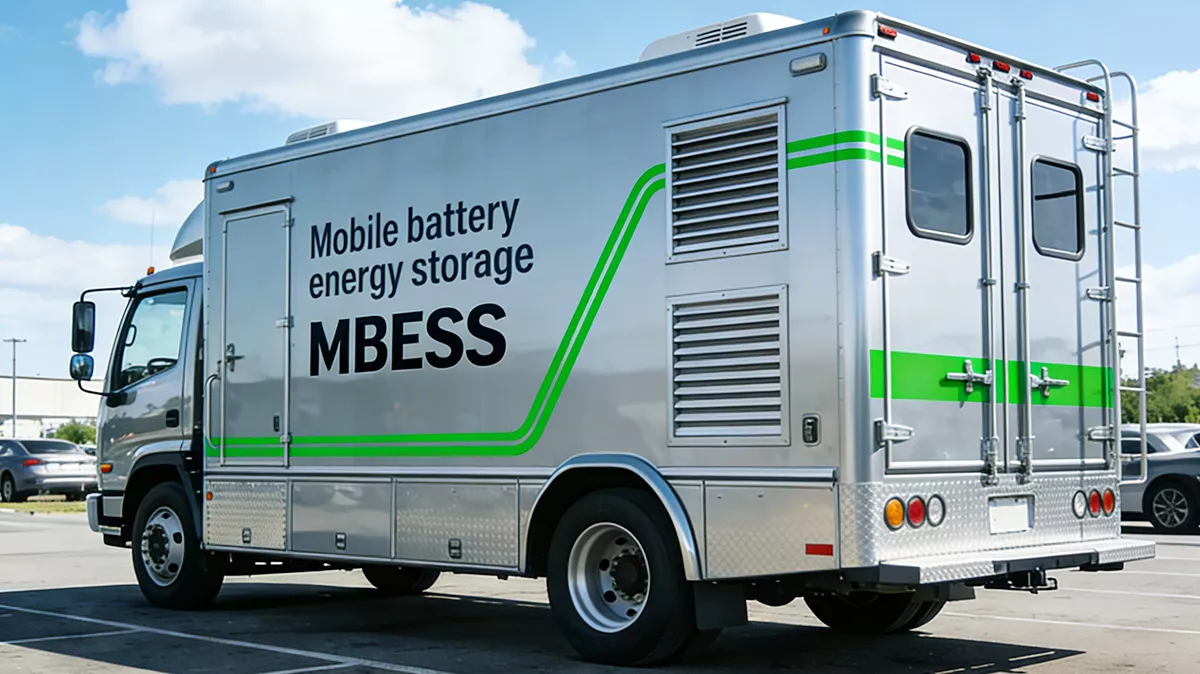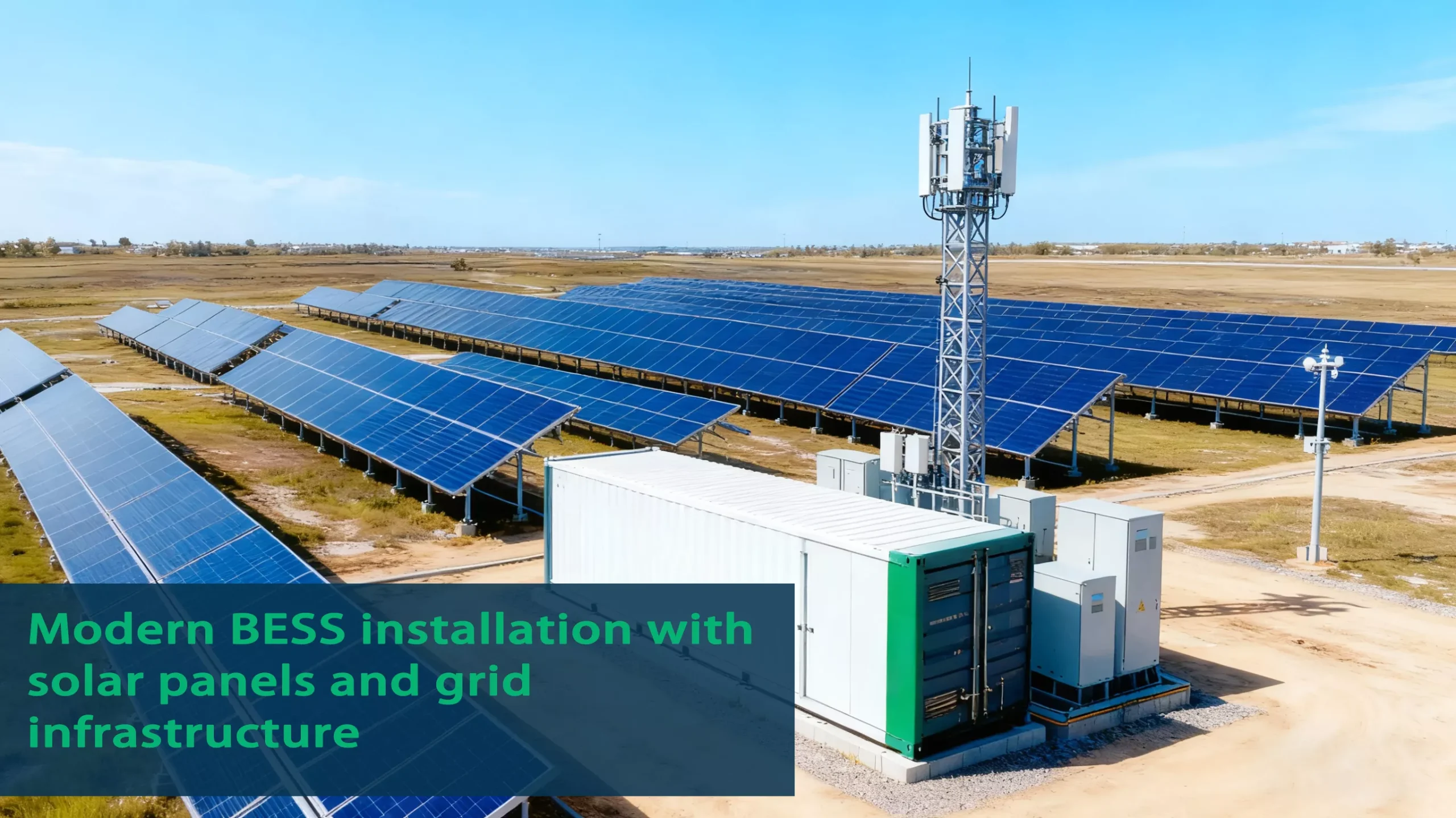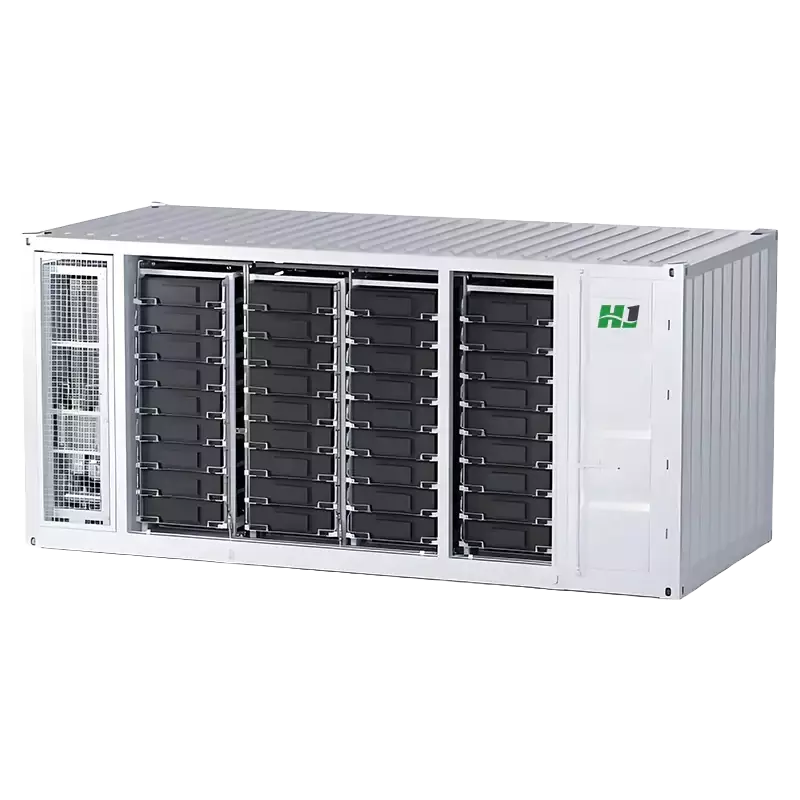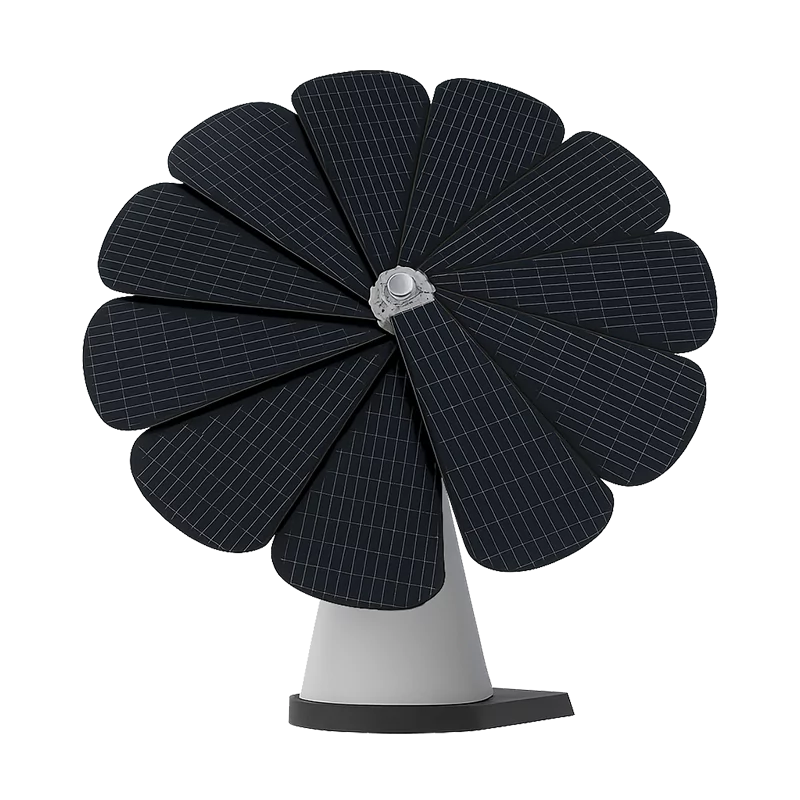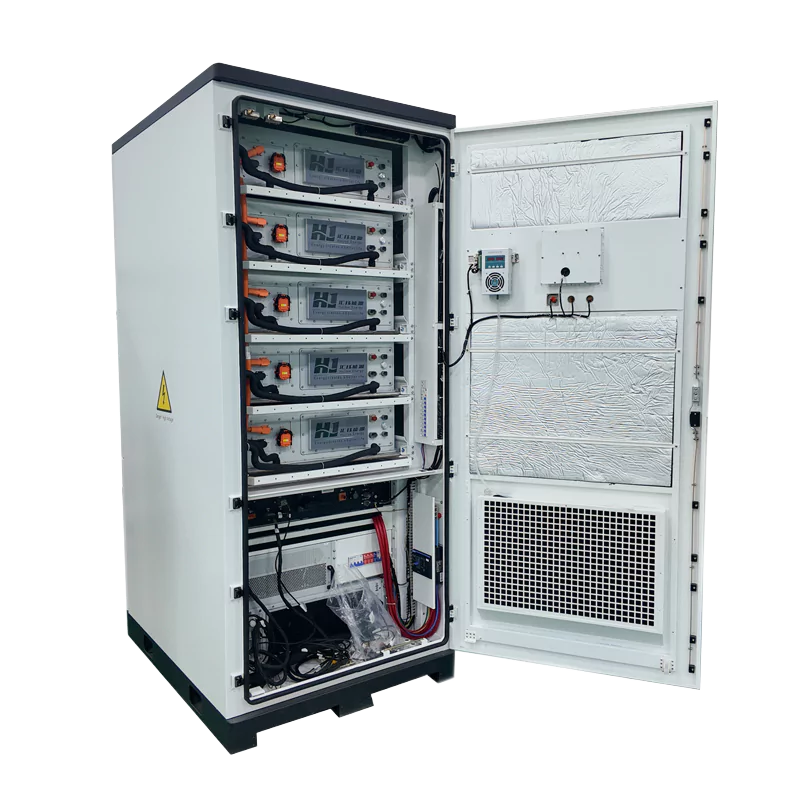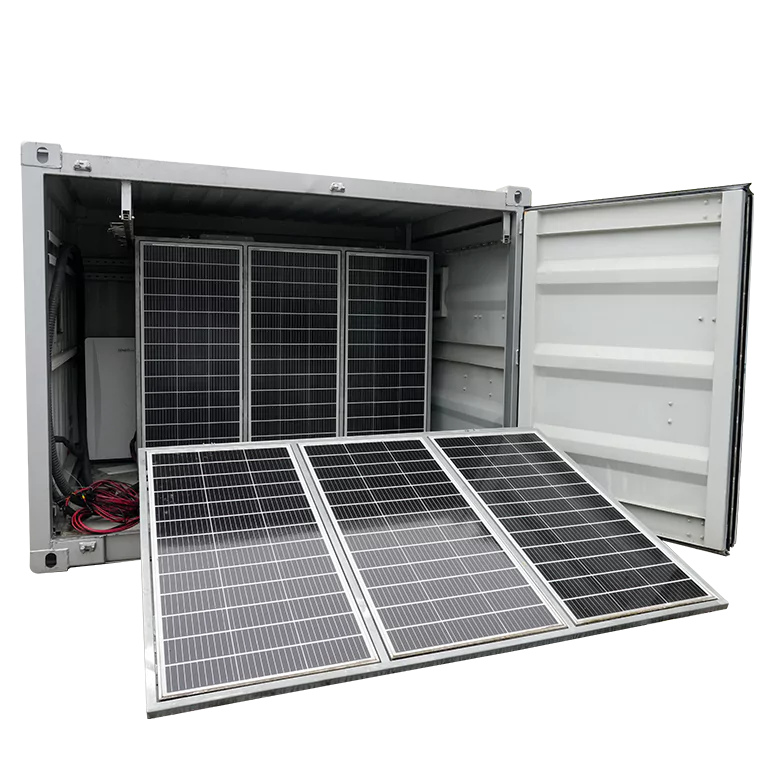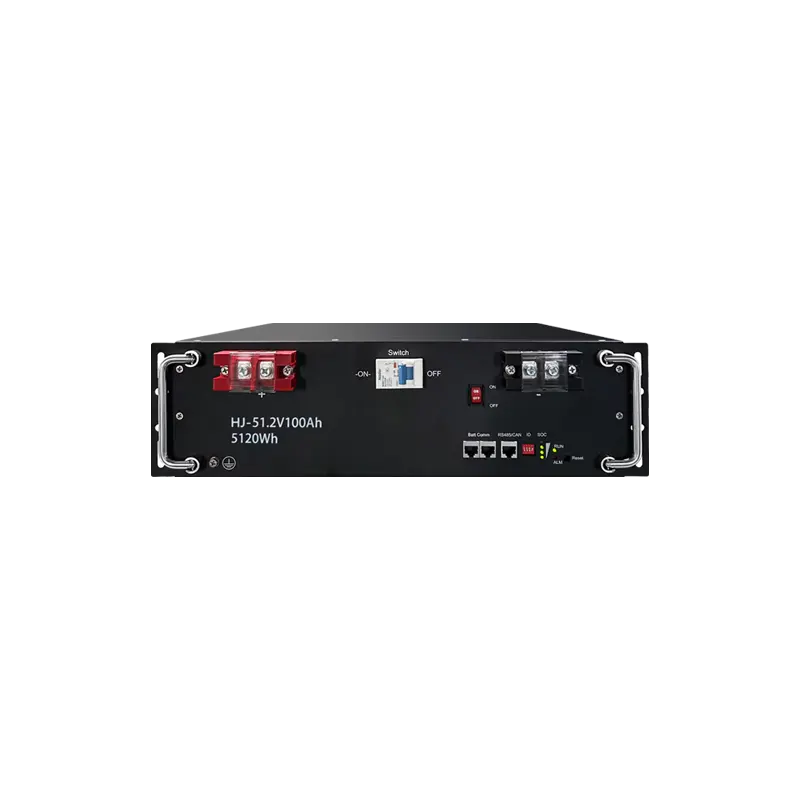CATL Mass Produces 587Ah Energy Storage Battery Cell with 430Wh/L Energy Density and True Safety Breakthrough
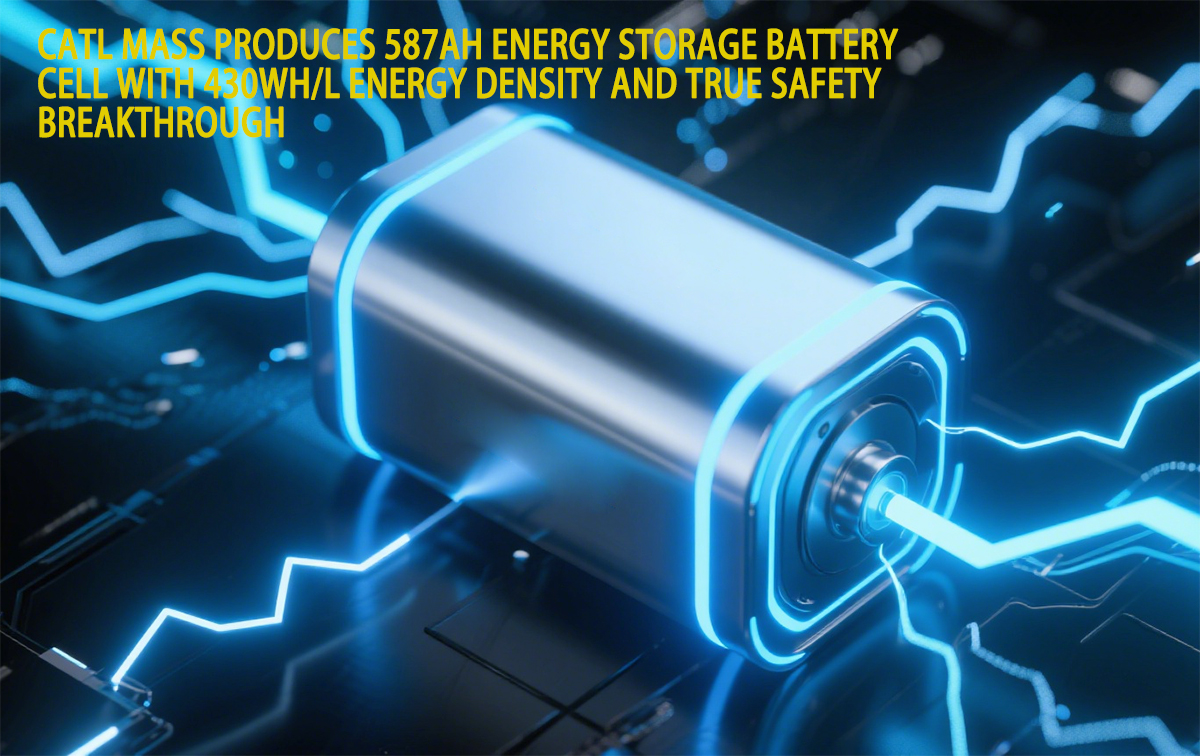
On June 10, 2025, CATL officially announced at a press conference the mass production and delivery of its next-generation high-capacity energy storage-specific battery cells—the 587Ah cells. This marks the industry’s first mass-produced 587Ah-class energy storage battery cell, setting a new industry record with an energy density of 430Wh/L. Its “three-dimensional defense system” has overcome the safety challenges of large-capacity battery cells, marking the official entry of battery energy storage systems into the “true safety” era.
I. Technological Breakthroughs: A Dual Revolution in Energy and Safety
- Energy Density Leap: The cell’s energy density reaches 430Wh/L, a 10% increase over the previous generation, with system energy density improving by 25%, packing more power into a space the size of a palm;
- Safety Performance Leap: Utilizing a “three-dimensional defense system” comprising safe electrolyte, non-diffusive anode, and heat-resistant separator membrane, it successfully passes extreme tests such as needle penetration, overcharging, and thermal runaway, achieving “no fire, no explosion”;
- Long-Life Design: Charge/discharge cycle efficiency reaches 95.5%, with a 48% increase in energy throughput over the entire lifecycle, supporting “true 25-year long-life” operation.
II. True Safety System: End-to-End Assurance from Lab to Mass Production
- Multi-dimensional defense mechanisms: Thermal stability improved by 20%, thermal runaway heat generation reduced by 10%, eliminating risks at the source;
- Empirical platform validation: A safety empirical platform simulating grid scenarios has been established, using AI risk monitoring and PSA models to quantify failure probabilities across the entire lifecycle, achieving failure rates as low as PPB level (one in a billion);
- Zero-accident track record: Deployed over 1,000 battery energy storage system projects globally with a total capacity exceeding 256 GWh, maintaining a zero-accident record.
III. Extreme Manufacturing: Lighthouse Factory Enabling “True Delivery”
- World-leading production capacity: Mass production of 587Ah cells relies on CATL’s Shandong Jining base;
- Zero-carbon intelligent production: As one of only two lighthouse factories in the global lithium-ion battery industry, production rhythm has been improved by 50% and carbon emissions reduced by 57%;
- New low defect rate: Through 7.5 Sigma safety management, the defect rate of individual cells has been reduced to the PPB level, setting a new benchmark for quality in the industry.
IV. Economic Value: Optimizing the Cost per Kilowatt-Hour to Drive Large-Scale Implementation
The use of 587Ah battery cells has significantly enhanced the economic benefits for users in purchasing energy storage. As a system integrator, HighJoule has innovated the system integration of its main products, reducing the number of components from 30,000 to 18,000 (a 40% reduction), strictly matching the 45-ton transportation weight limit, and addressing the industry’s pain points of over-capacity and over-weight.
As a result, the internal rate of return (IRR) of the battery energy storage system’s entire lifecycle has increased by 5%. Taking a 200MWh power station as an example, the equipment footprint has been reduced by 20%, and the cost per kilowatt-hour has been significantly optimized.
Conclusion: Redefining the Safety Boundaries of Energy Storage
The mass production of the 587Ah battery cell is not only a technological iteration but also a systematic reconstruction of the safety boundaries for large-scale energy storage. Its “true safety” characteristics address industry pain points, providing a highly reliable foundational unit for scenarios such as wind and solar power storage and grid peak shaving. As zero degradation, high energy density, and high safety become standard features of the next-generation energy storage system, a new cycle of energy transition driven by real value has officially begun.
Find Your Solar + Battery Storage Specialist Now!
* Fill out this form and our experts will help you find the perfect solar storage solution for your home or business.


